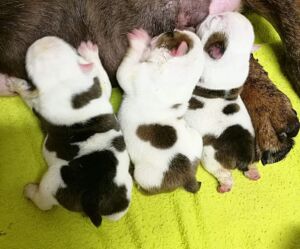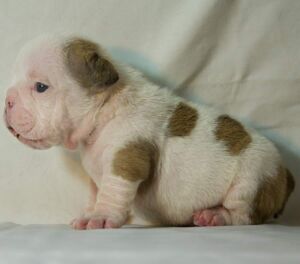CARDIOPULMONARY PHILARIOSIS
Heartworm disease commonly called heartworm is a disease of dogs, cats and ferrets and is transmitted by mosquitoes. The parasites that cause it (Dirofilaria Immitis and Repens) in the adult stage are as large as spaghetti and live in the blood of sick animals, particularly in the heart and lungs. When they reproduce, they release small larvae invisible to the naked eye into the blood. Mosquitoes, by sucking blood from a sick animal, pick up these larvae and can inject them into a healthy animal. The latter is destined to get sick because within a few months the larvae grow and cause serious damage to the heart and other organs. The course of the disease is subtle because initially it can be completely asymptomatic. Later the dog is fatigued, has difficulty running, coughs, has no appetite and loses weight. In apartment dogs, the disease can be evident even after 2-3 years of infection. The fact that the disease does not manifest itself immediately leads on the one hand to increasing the infection basin, on the other to making the physical damage of the affected animal irreversible, which will remain cardiopathic forever, even once the parasite has been eradicated. For canine prophylaxis there is the possibility of using several molecules: ivermectin, moxidectin, felamectin, milbenicin, to be administered in the form of tablets or percutaneously, i.e. by dropping a few drops on the skin between the shoulder blades of the animal, and is to be done in the areas at risk of mosquitoes from May to December. Medicines administered for the prophylaxis of Filariasis eliminate the small larvae from the blood before they become adults and cause the disease. Once this is overturned, however, it is necessary to undertake a so-called adulticide therapy, that is, capable of eliminating the adults who live in the heart. Unfortunately, this treatment is risky for the life of the animal as the parasites, by dying, can form blood clots and clog arteries or veins.
- All
- Dermatology
- Eye Pathologies
- Prophylaxis and Vaccines
- Bulldog Breathing
- Reproduction
- Various

LAMENESS

OTITIS

HIP DYSPLASIA

INGROWN TAIL

SWIMMING PUPPY SYNDROME

CHONDROPROTECTED

OTOHEMATOMA

KILLITAM

PYOMETRA

MONORCHIDISM AND CRYPTORCHIDISM

HYSTERIC PREGNANCY

HEAT AND FALSE HEAT

PROLAPSE OF THE URETHRA

DISTICHIASI

ENTROPION

HYPERTROPHY OF THE GLAND OF THE THIRD PALPEBRA (CHERRY EYE)

HEAT STROKE

WHY DOES THE BULLDOG BREATHE BAD?

LEPTOSPIROSIS

VACCINAL PROPHYLAXIS

LEISHMANIOSIS

PHILARIOSIS

ATOPIC ALLERGY

PIODERMITE

INTERDIGITAL CYSTS

PODODERMATITIS

ACNE

CYCLIC ALOPECIA OF THE FLANK

DEMODECTIC MANGE

